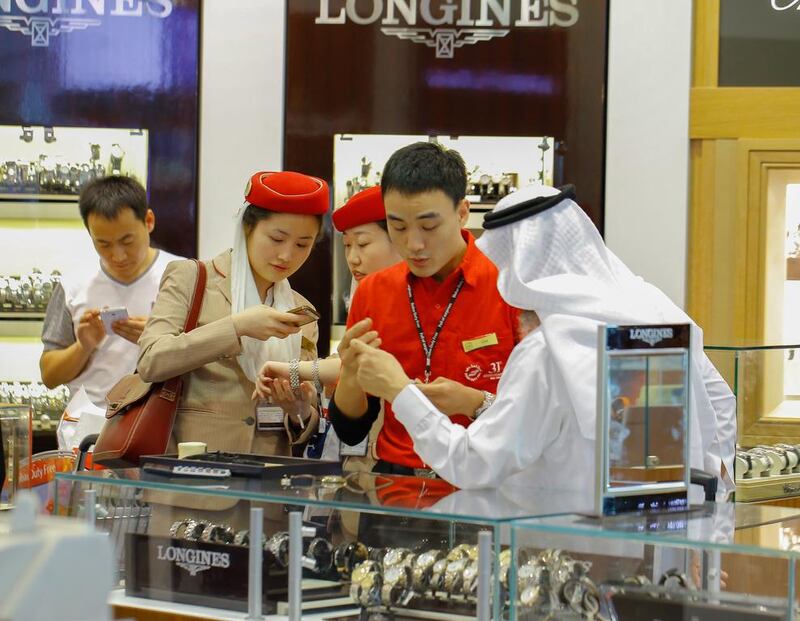Dubai has seen the sharpest rise in hotel rooms over the past decade among global hubs including London and Paris, as the emirate’s tourist market continues to boom, according to a report by the real estate agents Knight Frank.
While the industry has been roiled in recent years by a strong dollar, to which the UAE dirham is pegged, the outlook for tourism remains bright, the agency said.
“Despite facing challenging market conditions, Dubai’s hospitality sector remains amongst the top performers in the Middle East, underpinned by the emirate’s positioning as a regional commerce hub and the development of world class demand generators,” said Ali Manzoor, head of hospitality at Knight Frank.
“Visitation has for the most part continued to grow from key source markets, with India and China notable standouts and Russian visitation continuing its positive momentum from the previous year. We remain optimistic about future outlook of the sector.”
____________________
Read More:
[ Dubai’s prime residential to outperform market as emirate lures ultra-wealth ]
[ Weak dollar makes UAE real estate affordable for foreign buyers, analysts say ]
____________________
Knight Frank benchmarked Dubai against New York, London, Paris, Singapore, Hong Kong, Shanghai and Sydney and found that at 29.9 hotel keys per 1,000 residents, it was the highest market. The next highest was Paris with 17.6 hotel keys per 1,000 people. When it came to spending per visitor, Dubai also remained on top with an overnight spend of $2,000 among the global hubs compared.
Tourism’s contribution to Dubai’s gross domestic product has jumped 138 per cent over the past decade and the number of those employed in the business rose 119 per cent in the same period. In 2017, tourism contributed over Dh150 billion to Dubai’s economy.
In recent years, Dubai’s economy has struggled in the aftermath of the 2014 oil crash that shaved as much as three quarters of the value of crude. A strong dollar has also made visiting Dubai less attractive for tourists from countries with weak currencies. Over the past year however, there have been increasing signs of recovery.
The Emirates NBD Dubai Economy Tracker, a key monthly measure of emirate’s non-oil economy, was boosted in February by gains in tourism and travel. The tracker's travel and tourism sub-index increased to 57.2 in February versus 55.7 in January and follows a soft patch for the industry in the fourth quarter of 2017. There was strong demand from both domestic as well as foreign sources, the survey, which polls purchasing managers, found.
Knight Frank noted in its report that the rise of Dubai as a tourist destination has been aided by the growth of Dubai International Airport, the world’s largest for international traffic. The airport saw a 26 per cent increase in passengers from 2014 to 2016, rising to 83.7 million. Last year, the airport had 88 million passengers.
“A prime facilitator (of tourism growth) is the home grown Emirates Airline – which demonstrates how improving transport options can help bring a city into the global spot light,” Knight Frank said.
“From humble beginnings in 1985 with just two leased planes, Emirates now serves 150 destinations on six continents with a modern fleet of 259 wide-body aircraft.”





